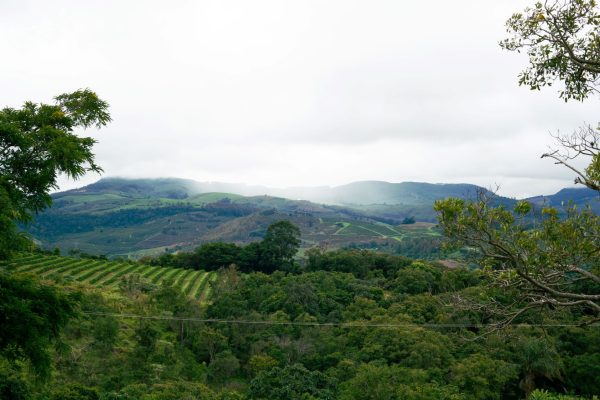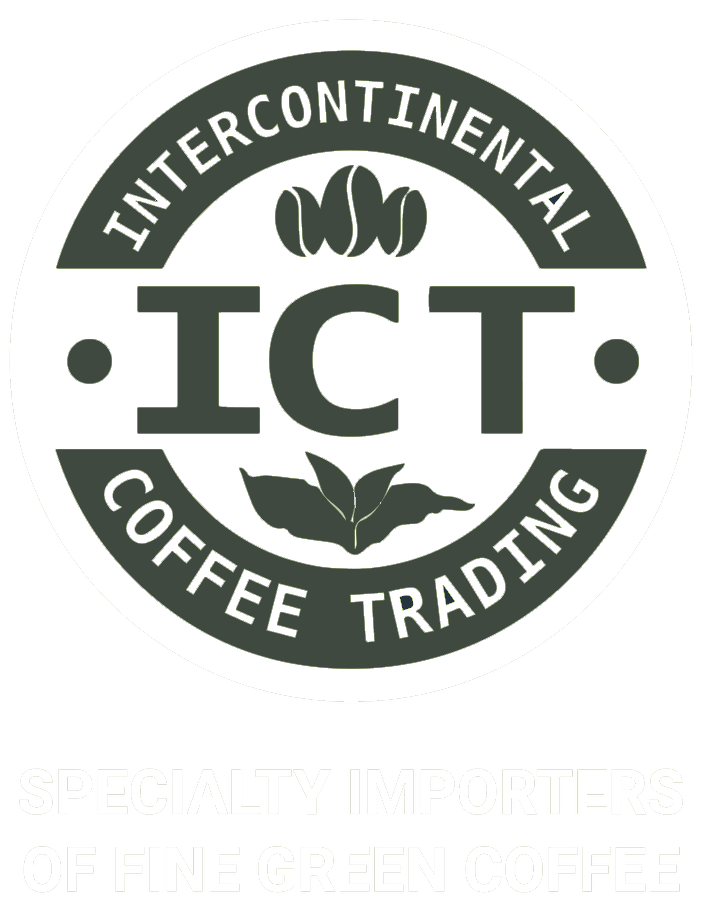
Did you know that the US imports over 18% of all imported coffee? Over billion of those imports are South American coffee. South America is largely responsible for coffee production, even though the locals are not big consumers of the coffee industry.
The US is the largest consumer of coffee globally, but the close proximity of the South American coffee industry is not the only reason it is so popular. South American coffee is also highly sought-after for its flavor and smooth profile.
Keep reading to learn more about the world’s second most-consumed drink!
Coffee Growing in South America
The unique flavor of South American coffee is due to several different factors.
First, the soil is a huge reason why coffee differs in smoothness. The right soil will allow the roots of the coffee plant to absorb the moisture and nutrients of the soil. When a plant is properly hydrated and fed, the oils and fats are more prominent and create a smoother flavor profile.
Secondly, the climate can change the caffeine and taste of a coffee bean as well. The colder the climate, the slower the plant and beans mature. The slow process of maturing allows for a sweeter and complex flavor profile.
Experienced coffee drinkers are able to determine the region and type of bean used in the cup of joe with a lot of practice. However, soil and climate are not the only factors that make up the flavor of the coffee. The type of bean, the roast, grind size, and freshness of the bean all contribute to the taste of a delicious cup of coffee.
South American Coffee Industry: A History
A common misconception is that coffee originated in South America. However, this is untrue. Coffee was first produced in Africa, and in the 18th century, the plant that many people today depend on, was introduced to South America.
Luckily for us today, South America has the perfect growing conditions for the best coffee. However, South America did have to overcome some struggles over the years. The collapse of the International Coffee Agreement in 1989 caused several issues in economics and the environment.
Since then, global and regional trade agreements have attempted to lessen the impact of the trade. In addition, several rules and regulations are now in place to steady the environment and economy.
Now, South America is the leading continent in producing coffee all over the world, despite its rough history. Unfortunately, due to climate change, coffee is at risk of becoming blander. As mentioned before, the coolness of the mountains produces a sweeter and complex taste.
When the global temperature increases, the flavor profile of these beans is less complicated as they mature faster.
South American Coffee Production
Despite climate change and other issues, the coffee industry has run into, the South American continent still produces excellent coffee.
There are two different coffee plants produced and grown on the continent. The first and most popular bean, the Arabica bean, grows best in higher altitudes, and therefore in the mountains.
The second bean, the Robusta bean, grows best at a lower altitude, usually below 750m above sea level.
Brazil
Brazil is the largest exporter of coffee. And for a good reason! Brazil is a front-runner in producing a smooth taste and feel. The Brazilian coffee bean is known for its notes of chocolate, nuts, and spices. When farmed at a higher altitude, it also produces beans with citrus notes.
Brazil is one of the few countries that use the dry method, which means that the farmers dry the beans in the sun instead of washing them.
Even though Brazil is the largest exporter, together with Colombia, many of the farmers are forced to sell their coffee below the production price, due to unfair trading practices.
Colombia
The local economy in Colombia relies heavily on the production of coffee. Colombian beans are widely sold in many supermarkets and are often for the morning cup of coffee by many consumers.
The coffees that originate from Colombia are flavorful and full-bodied, with hints of citrus and chocolate.
Peru
Peruvian coffee is a front-runner when it comes to organic and fair-trade options. The coffee industry in Peru is mainly exported for the specialty coffee market with its medium body and high acidity. Bovada.
Venezuela
Venezuela used to be on par with Colombia when it came to production. However, since petroleum is now the country’s main export, Venezuela is responsible for only 1% of the coffee supply.
Most coffee is now consumed by the local population. The beans usually have a balanced acidity and tend to be on the sweeter side.
Ecuador
Ecuador is known for their instant coffee, and produce some of the best instant coffees in the world. Many locals prefer instant coffee and it is largely consumed in the regions.
It is quite expensive to buy Ecuadorian coffee, however. Due to the limitations set on the local farming communities. Many coffee farms are family-owned, instead of the large plantation farms used in other parts of the continent.
Three Common Questions
1. How does the soil composition specifically affect the flavor profile of South American coffee compared to other regions?
The soil composition in South America significantly impacts the flavor profile of its coffee due to its rich volcanic earth, especially in countries like Colombia and Ecuador. This type of soil tends to be nutrient-dense, offering the coffee plants a wealth of minerals that contribute to the development of complex flavors and aromas in the beans. Compared to other regions, South American soil often leads to coffee that is smoother and has a more pronounced sweetness, thanks to the optimal balance of acidity and minerals that enhance the coffee’s natural qualities.
2. What measures are South American coffee producers taking to mitigate the impacts of climate change on coffee flavor and production?
In response to the challenges posed by climate change, South American coffee producers have been adopting a variety of strategies to protect their crops and ensure the continued production of high-quality coffee. These measures include planting shade trees to reduce temperature extremes and protect coffee plants from direct sunlight, implementing water conservation practices to manage resources more efficiently, and transitioning to more resilient coffee plant varieties that can withstand changing climatic conditions. Additionally, many producers are engaging in sustainable farming practices that not only mitigate the impact on the environment but also improve the quality of the coffee produced.
3. Can you provide more detail on how the collapse of the International Coffee Agreement in 1989 affected the South American coffee industry, and how have global and regional trade agreements since then helped in recovery?
The collapse of the International Coffee Agreement in 1989 had a profound impact on the South American coffee industry, leading to increased market volatility and economic challenges for producers. The agreement had previously provided some stability in coffee prices, and its collapse resulted in a significant drop in prices, which, in turn, affected the livelihoods of millions of coffee farmers across the continent. In the years following the collapse, global and regional trade agreements have sought to address these challenges by promoting fair trade practices and encouraging sustainable coffee production. These efforts have helped to stabilize the market to some extent and have supported the development of initiatives aimed at improving the economic conditions of coffee producers, ensuring that they receive a fair price for their products.
The Best Roasting Techniques
There are ten stages of roasting and each stage will give you a different flavor and body. Before the roasting, it is essential to determine the goal. Ask yourself these questions.
Do you want to roast for espresso or filter? How will the consumer drink it? Black? With milk?
There is no right or wrong way to roast a bean, however, it is essential to take certain things into account. Such as temperature, for example. If the temperature is too high throughout the roasting process, you will develop a burnt taste. Although, when the temperature is too low, the flavor will escape and the bean will become bland.
Buy South American Coffee Today
The right bean is essential to a good cup of South American coffee. It is the first step in producing the best cup of joe for your customers. At ICT, we pride ourselves on providing the best beans in the market.
Check out our coffees today and feel free to reach out for more information!
